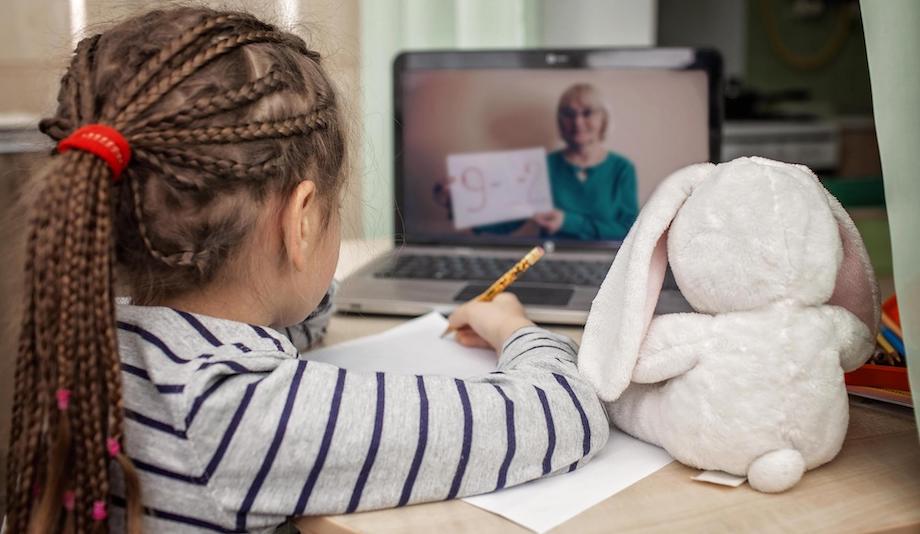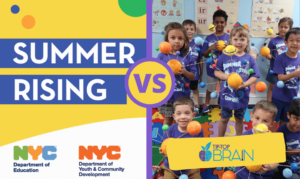This past school year, to a varying extent, every student in America transitioned into online learning in virtual classrooms. For some, the transition has meant easier access to school, and impromptu training in working in the digital world. Unfortunately, that experience is not universal in the slightest. Many students feel left behind and adrift in the newfangled obstacles distance learning comes with. The question many parents and policymakers are asking is: does virtual learning work? Sure, most students can get comfy in front of their computer and attend class, but are students truly learning? More broadly, can they?
The answer to that question is hardly straightforward. We’ve all heard anecdotes of virtual classroom horror stories, if not lived one, but generally, students are adapting quickly. Although virtual learning environments have been developed and implemented over the past two decades, few reliable studies have been published on the efficacy of virtual learning for students K-12. In a lot of ways, the state of education in the United States is uncharted territory. Luckily, the relatively small collection of reliable, peer-reviewed virtual learning studies gives us good reason to think this younger generation of learners is taking well to virtual learning.
The U.S. Department of Education published the “Evaluation of Evidence-Based Practices in Online Learning” back in 2010, which served as a meta-analysis of thousands of virtual learning studies. Ultimately, the analysts narrowed their sources to include only studies that specifically contrasted virtual learning with traditional classrooms and measured student learning outcomes. The results of this meta-analysis lead researchers to three key findings on the efficacy of online learning.
Students Learn (Marginally) More Online
As shocking as it may seem, students who received instruction virtually slightly outperformed those learning the same material in class. Intuitively, what might think virtual learners might be at a disadvantage in their digital classrooms. However, students tasked with online learning and the same curriculum kept up fine with those learning in brick-and-mortar schools. Furthermore, students learning virtually surpassed those receiving traditional face to face instruction in learning outcomes.
Of course, teachers and students alike want to be back in the actual classroom. However, it brings tremendous solace knowing that the days of virtual classrooms by no means condemns or limits students’ learning. All we’ve got to do is hang in there until we find our new normal! In the meantime, check out some ways to bring cheer to school days at home.
Online Learning Needs To Be Active
Virtual classrooms come in a few varieties. The course structure from one online learning format to the next is largely dictated by the institution hosting virtual classrooms. Virtual learning environments (fancy talk for virtual classrooms) can look quite different, but researchers concluded one of the most important facets of effective virtual classrooms was an instructor at the helm.
Depending on the VLE, students may receive instructor directed lessons, or students may not receive any lessons from the teacher themselves. In classrooms without teachers leading students directly, students may be expected to cover content on their own or click through web-guided lessons. However, students are far better served with attentive teachers to work closely with, akin to the course structure at Tip-Top Brain.
Most of the Differences Between Traditional and Online Learning Don’t Matter
The meta-analysis identified and isolated twelve variables across the studies surveyed. Ultimately, the only two variables that caused a significant difference in student learning outcomes were the aforementioned learning type (online or in-person) and teacher involvement (synchronous vs. asynchronous.) Whereas other variables, like the use of textbooks, or pedagogy seemed to have little to no effect on student learning outcomes.
In many ways, the debate over virtual learning efficacy isn’t quite over. The shift in schooling has been swift, and not without some growing pains. We’ll likely be watching the state of virtual learning evolve over the course of this coming school year, but fortunately, there is strong reason to believe virtual learning is extremely effective.







